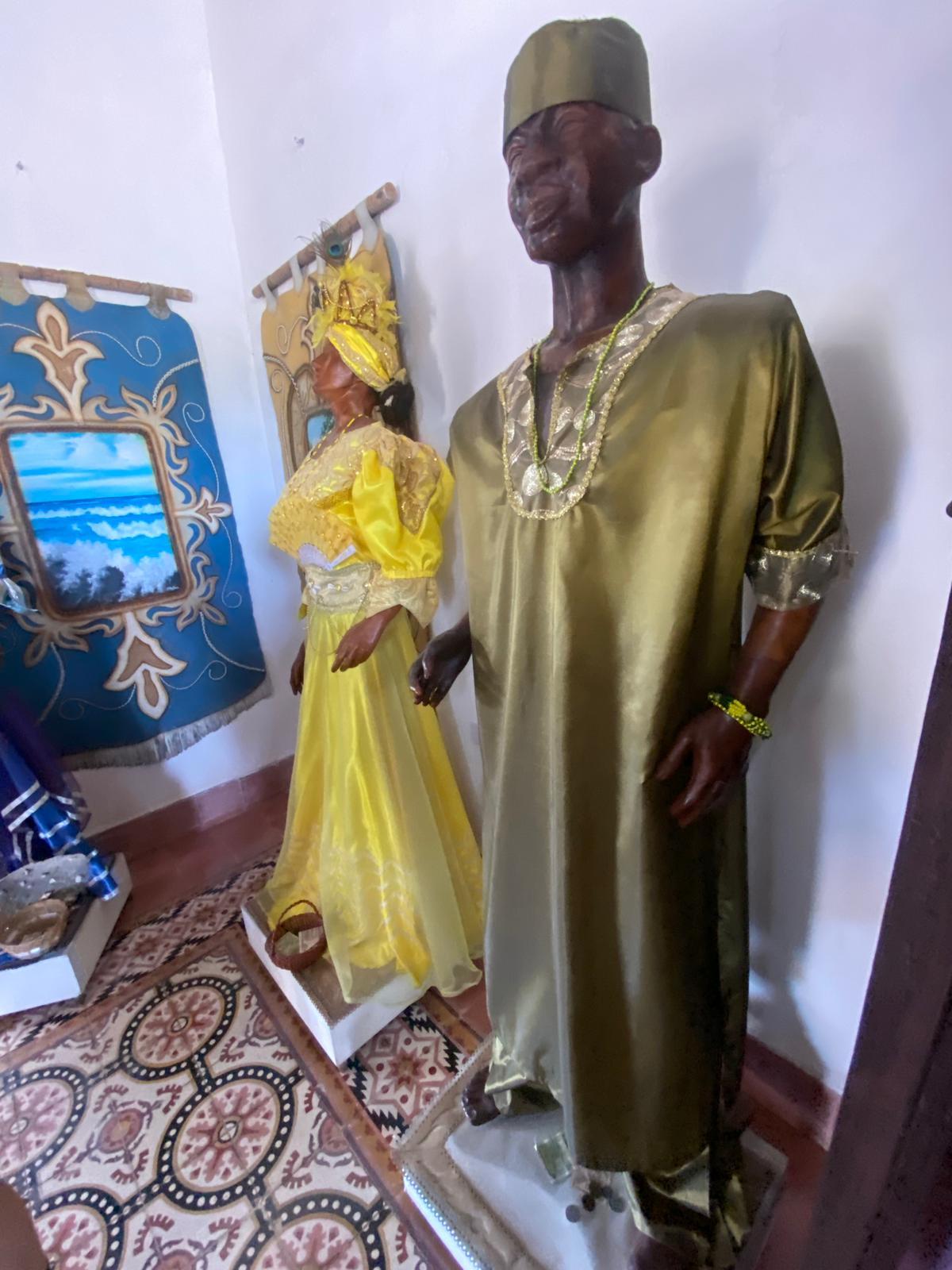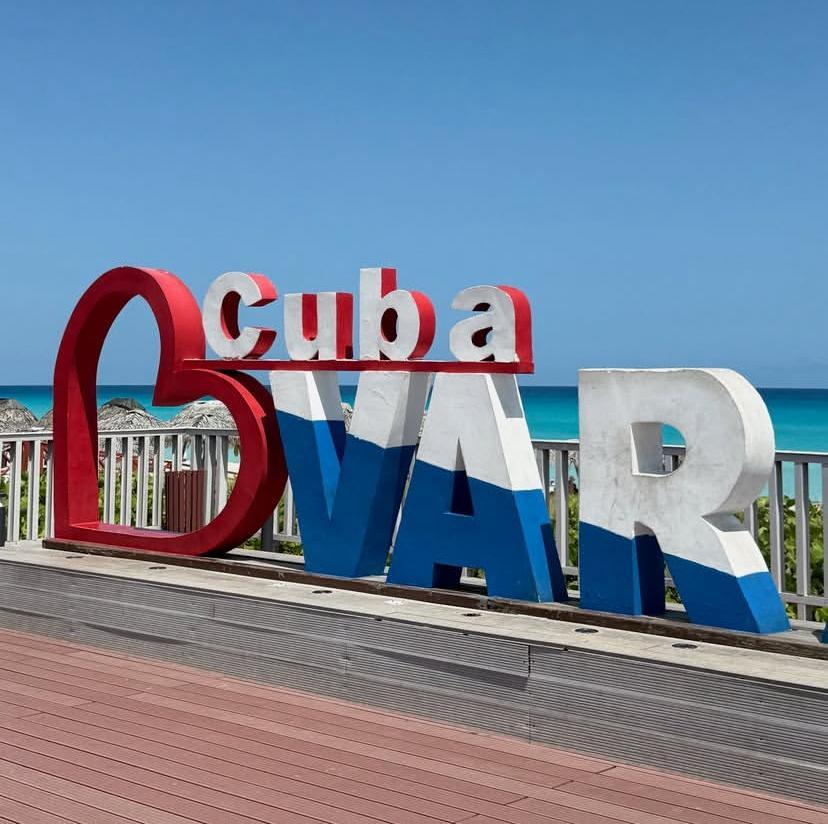Summer in Cuba: In the Swing of Things

The entire class is now acclimated to Havana, and the days are passing by faster and faster. Many of us dread that we’re leaving so soon. The power going out is no longer a surprise nor seen as an inconvenience, but something that just happens for a bit and makes everything a little too toasty (though that is easier to say about Havana than the more rural towns). Our classwork can get a little overwhelming at times, especially since we all both want and are required to further explore the city. However, with that class work comes talks with the very playwrights who created what we read the night before, or a discussion with local activists. My favorite talk so far has been with an Afro-Cuban rap duo called Obsesión. Their music fuses salsa rhythms and American funk, jazz, and rap beats for a truly exciting and unique auditory experience. The lyrics are both hopeful and rebellious about Cuba and its everchanging political situation. With some help, I found more of their work on Spotify and Youtube to listen to their songs on my own.
That night, we all decided to put on our coolest outfits and look our most chic, because we decided to head to Fábrica de Arte Cubano, an old factory warehouse turned into a combination of multiple bars and restaurants, an art museum and gallery, and a few concert halls. Throughout Fábrica are famous quotes from rebellious and influential figures like Einstein and Confucius, and various art installments and paintings decorate its walls. At its cheaper restaurant were wonderful little snacks. We ended our night learning an invigorating dance along with many other young adults in the alternative and artistic scene of Havana. To say the least, we quickly understood why Fábrica is listed as one of TIME magazine’s best places in the world. We were all so hyped and left the night so very tired. We went to bed knowing the weekend would be just as eventful.

So the next morning, we had breakfast extra early and each of us had a small bag packed. It was time for a quick stay in another part of Cuba about an hour and a half away: Matanzas. The ride was smooth and consisted of what I can only describe as the Cuban version of the interstate roads in America. Slowly we rose further and further above sea level, and we passed by other small towns and a factory of some sort here and there. Every now and again propaganda murals and billboards could be seen. Some depict the red and black flag with “26 de julio,” or the old party named after the date of the first attempt to overthrow Batista, the leader of Cuba before the revolution. Some had a picture of an older Fidel Castro, and others were just the Cuban flag. The quotes were mostly old castroisms, but the one that stood out the most to me was the quippy “aqui [sic] no se rinde nadie,” meaning “here, no one surrenders!” This phrase is not a castroism, but rather a victorious shout from one of his comrades named Juan Almeida Bosque.
When we finally reached Matanzas, we first visited the Castillo de San Severino, or San Severino Castle. It has the appearance more of a fort than a castle, and is now a museum. Some old cannons are left behind as historical artifacts, and its downstairs has old jail cells now used as storage for the museum’s exhibitions. In 1997, with the help of UNESCO, the building was officially transformed into a project documenting Cuba’s history of enslavement of Africans and the Afro-Cuban history and culture that came with it. There we had a brief discussion with the President of the Yoruba Society, who discussed the unique Afro-Cuban syncretic religion of Santería, which takes aspects of both Catholicism and the West African Yoruba religion to form a belief system unique to the Caribbean. There we learned of some of the traditional songs and dances, as well as some models of the intricate and colorful costumes worn during rituals.
We then had lunch with live music. I purchased the band’s CD for five U.S. dollars, which included a version of the patriotic anthem “Guajira Guantanemara.” I once again had ropa vieja for my meal. We then traveled further into the town of Matanzas. Though I have never been there, the close buildings and steep, inclined streets reminded me of what I’ve seen of San Francisco. We then visited the Casa de la Memoria Escénica, an old house turned into a library and archive of Cuban and other Spanish language plays and literature. We talked over some coffee with playwright Ulíses Rodríguez Febles about his play Carnicería which we had read earlier that week. Some of us then visited the Cabildos, an over century old mutual aid group of Santería worshippers.
The next morning we briefly visited Editorial Vigía, a small shop of artisans hand-making books and other paper crafts that have been displayed around the world. We then would ride for another 40 minutes for a whole day on the beach at Veradero (not to be confused with Vedado!). It was a blast with some of the bluest and calmest waters I’ve ever seen. A handful of us left satisfied but sunburnt. The following Sunday most of us stayed in to prepare for another long week ahead of talks, writing, and exploring Cuba.

—
Summer in Cuba is a 4-week summer program sponsored by the Stone Center for Latin American Studies and the Cuban and Caribbean Studies Institute at Tulane University. It caters to undergraduate Spanish students seeking a unique, immersive linguistic and cultural experience in Cuba. You can learn more about the Summer in Latin America programs here.
RELATED NEWS
Summer in Cuba: The Introduction to Havana
Summer in Cuba: Over Halfway There
